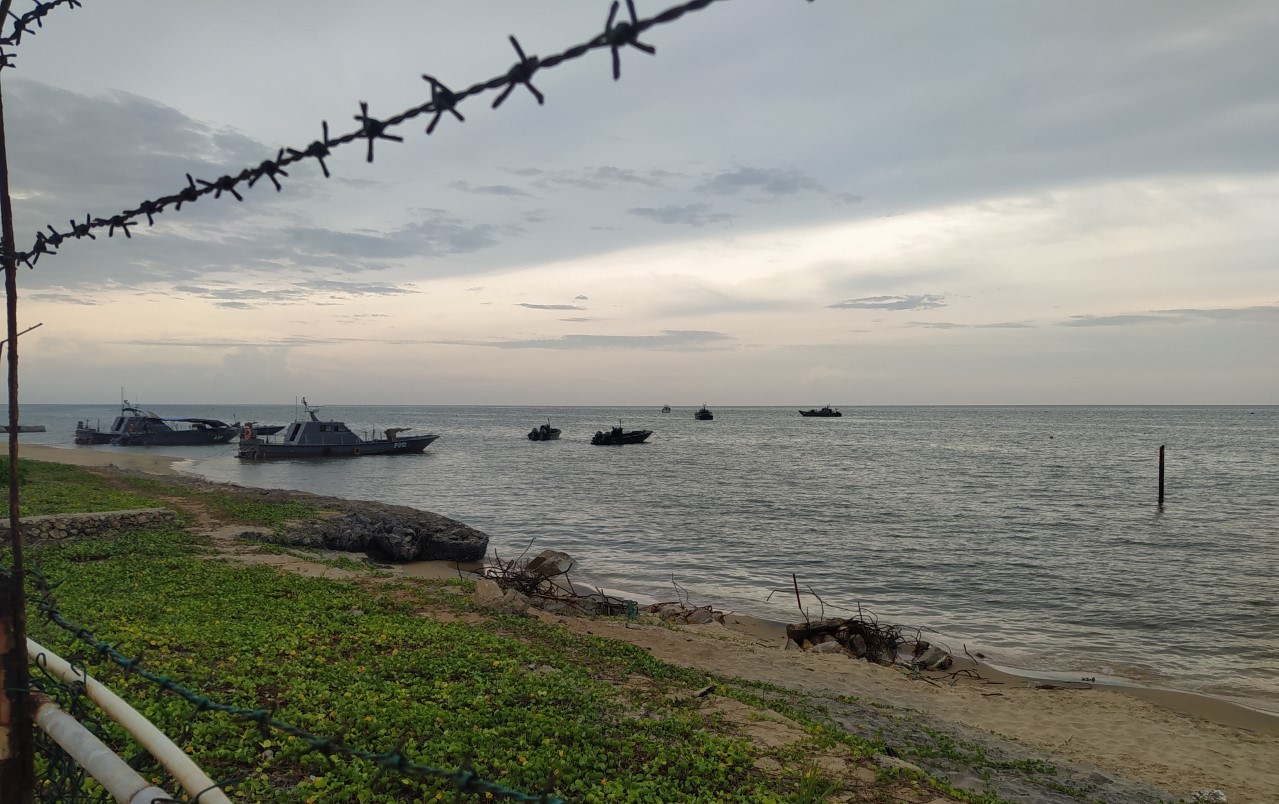How is Climate Induced Environmental Change Increasing Conflict Between and Within Communities?
How is Climate Induced Environmental Change Increasing Conflict Between and Within Communities?
The Centre for Poverty Analysis (CEPA) was commissioned by the British High Commission (BHC) in Sri Lanka to conduct a study on the role of climate induced environmental change as a driver of conflict in Sri Lanka.
Phase 1:
A literature review looking at the concept and broader trends on the topic
Phase 2:
Case studies drawn from location specific information and stakeholder interviews
For the purpose of the study we defined conflicts as those that arise from a lack of human security based on 7 aspects of security: economic, food, health, environment, personal, community and political as per the UNDP. Particularly when human security is dependent on common-pool or shared resources.
KEY FINDINGS
a) Climate change shocks can reduce the resources that sustain communities, which can increase tensions even between people who share a common identity. (Ex: Dry zone farmers who already face issues of water scarcity, now face the added challenge of unpredictable rain patterns or prolonged periods of droughts which increases the competition for water during specific time periods)
b) When trying to adapt to climate change, some communities feel marginalised or ignored while others are allowed to get ahead. (Ex: Farmer Organizations where decisions on water sharing take place can exclude people belonging to lower castes and water-sharing decisions can favour those with more land, those with land upstream or those with more social capital)
1. Climate induced environmental change can lead to conflict in two ways:
a) Between different uses of water: for agriculture and irrigation vs both urban and rural needs for
drinking water and other purposes
b) Between communities living in different locations: fears of sharing water with other districts even during the wet season
c) In the same location, customary water sharing mechanisms are threatened due to increased scarcity: leading to marginalization based on socio-economic status, gender, caste, ethnicity, distance from the water source, access to networks etc.
d) Based on natural topography/ conditions: conflict between those in different proximities and relative
elevations to water sources; and when it is between different ethnic or religious groups it is
perceived as discrimination/marginalization
2. Water scarcity was one of the most cited sources of tensions across communities
3. Other environmental shocks compound the problem:
a) For communities living in the coastal region, water scarcity together with salt water intrusion makes water sharing increasingly problematic
b) Similarly, in communities where tube wells are gaining popularity, groundwater depletion is adding to the threat of water scarcity leading to greater chances of conflict between people
The study combines data from



Source | careertrend.com/keeping-your-office-eco-friendly-13717218.html
4. Some adaptation responses to water scarcity has led to the deterioration of the community's social fabric
a) Migration has been used as an adaptation strategy against climate-induced environmental change. However, this is not a permanent solution. There are no adequate supporting services to make this safe and effective for communities. This has led to:
> Increased burden on those left behind
> Mental health challenges and addiction among those who migrate to urban centers
> Lack of cohesion between family members
b) Most state and donor led interventions fail to take a transformative approach to manage water scarcity:
> Most prominent are physical adaptation responses and those that focus on infrastructure and technology which lack elements of capacity building of communities/structures to adequately manage new resources, mechanisms that ensure equitable access
> Formal, informal, and hybrid approaches are seen as adaptations to manage water scarcity but often are not transparent and equitable. They often work best when communities are homogenous,
> However, efforts are currently in place to take a more integrated approach
C) Rural community water supply schemes have shown some success in establishing a mechanism - with guidelines and structure for community managed schemes. Still it has limitations in managing technical challenges and community participation.
KEY TAKEAWAYS
A transformative approach that would address this issue should ideally:
1. Increase or stabilise the natural resource pool (to manage scarcity)
2. Improve benefit sharing modalities (to enhance equity)
3. Improve governance/ management (to reduce conflict)
Climate adaptation strategies that fail to consider the conflict filter can lead to further inequalities, increased over exploitation of the resource, choosing maladaptive responses, which all lead to increased conflict and eventually a loss of resilience for the community as a whole.
View the synthesis report: Final Synthesis Report – March 2021








